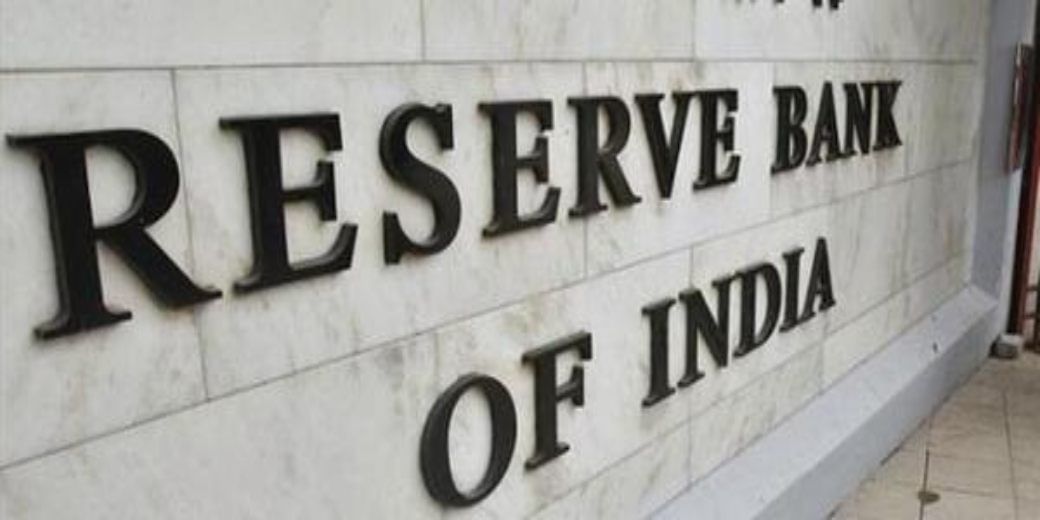RBI won’t mirror Fed rate cuts next year, feel economists

The US central bank might have signaled three rates cuts in 2024 – that has also sent the Indian stock indices soaring to stratospheric levels – but that does not seem likely to impact any change in the interest rate movements in India that will be guided by substantially domestic compulsions, The Economic Times reported quoting economists.
The Reserve Bank’s six-member monetary policy committee that determines policy rates in the country is more likely to focus on domestic conditions. The most that the Fed stance might induce the RBI MPC is to shift its stance from ‘withdrawal of policy accommodation’ to ‘neutral’. And this shift could take place as early as the next meeting of the MPC which could be in February. In monetary policy, accommodative stance signals the central bank would expand the supply of money to sustain and support growth. Therefore, withdrawal of accommodation means a reduction in the money supply to get better control on inflation. “There is going to be some reassessment of how emerging market central banks behave,” said Abheek Barua, chief economist, HDFC Bank. He added that the Reserve Bank might shift its stance to neutral in January. But Barua expected “cut in line with the Fed, which would be in late second half or early second half of 2024 calendar”.
In its meeting in December first week, the RBI MPC kept the repo rate unchanged for the fifth consecutive time at 6.5%. Five members out of the six in the committee agreed to maintain ‘withdrawal of accommodation’ as policy stance. The RBI governor has been harping about the need to keep a hawk’s eye on the inflation front throughout the year.
“The Fed’s twist doesn’t change the domestic part of our story. RBI is going to be cautious for the next four-five months and will be weary about loosening policy too soon. If anything, the Fed’s decision could nudge the RBI to change its policy stance to neutral in April meeting,” said Radhika Rao, senior economist, DBS.
To keep the policymakers alert the country’s retail inflation inched up to a three-month high of 5.55% in November. It was a gain of 65 basis points from the 4.9% in October. The culprit was high food inflation. The feeling among experts was that the retail inflation figure could be around the RBI tolerance band of 6% in December.
Growth in India could be of help to RBI to be cautious in its approach.
“Given that growth in the US remains positive, and inflation is still above target levels. The first Fed cut is expected from June/July 2024. RBI is expected to follow with a delay, given that growth in India remains stronger,” said Gaura Sengupta, economist, IDFC First Bank.
The economist from HDFC Bank indicated that keeping rates at elevated levels could also spawn liquidity issues, especially with inclusion of India in the bond index.
Download Money9 App for the latest updates on Personal Finance.
Related
- सरकार ने GST दरों में कमी के बाद पैकेजिंग नियमों को आसान बनाया
- GST दर सुधार पर परिषद की बैठक शुरू, तेदेपा का समर्थन, विपक्षी दलों ने राजस्व संरक्षण की मांग की
- एससीओ शिखर सम्मेलन में विकास बैंक की स्थापना को मंजूरी: चीनी विदेश मंत्री
- फिच रेटिंग्स ने भारत की साख को स्थिर परिदृश्य के साथ ‘बीबीबी’ पर रखा बरकरार
- कृषि, ग्रामीण श्रमिकों के लिए खुदरा मुद्रास्फीति जुलाई में घटकर 0.77 प्रतिशत एवं 1.01 प्रतिशत
- मंत्रिसमूह ने केंद्र के दो GST स्लैब के प्रस्ताव को स्वीकार किया

